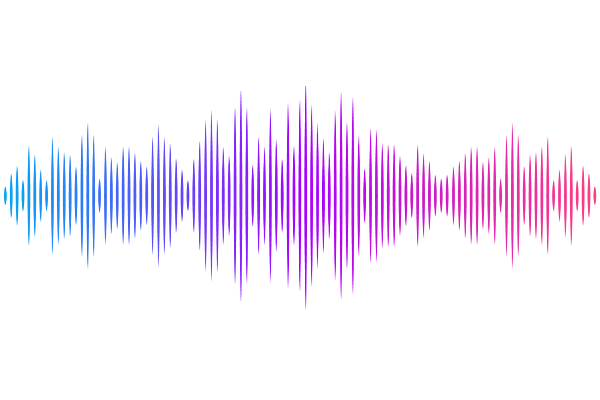Hierarchical Bayesian modeling of multi-region brain cell count data

Hierarchical Bayesian modeling of multi-region brain cell count data
Dimmock, S.; Exley, B. M. S.; Moore, G.; Menage, L.; Delogu, A.; Schultz, S. R.; Warburton, E. C.; Houghton, C. J.; O'Donnell, C.
AbstractWe can now collect cell-count data across whole animal brains quantifying recent neuronal activity, gene expression, or anatomical connectivity. This is a powerful approach since it is a multi-region measurement, but because the imaging is done post-mortem, each animal only provides one set of counts. Experiments are expensive and since cells are counted by imaging and aligning a large number of brain sections, they are time-intensive. The resulting datasets tend to be under-sampled with fewer animals than brain regions. As a consequence, these data are a challenge for traditional statistical approaches. We demonstrate that hierarchical Bayesian methods are well suited to these data by presenting a \'standard\' partially-pooled Bayesian model for multi-region cell-count data and applying it to two example datasets. For both datasets the Bayesian model outperformed standard parallel t-tests. Overall, the Bayesian approach\'s ability to capture nested data and its rigorous handling of uncertainty in under-sampled data can substantially improve inference for cell-count data.